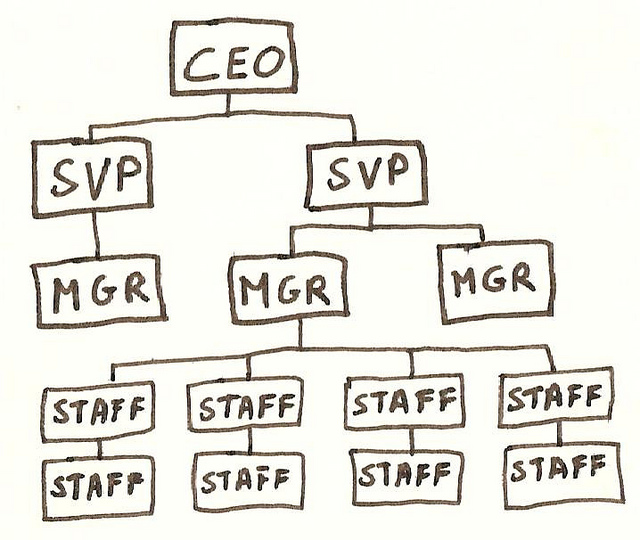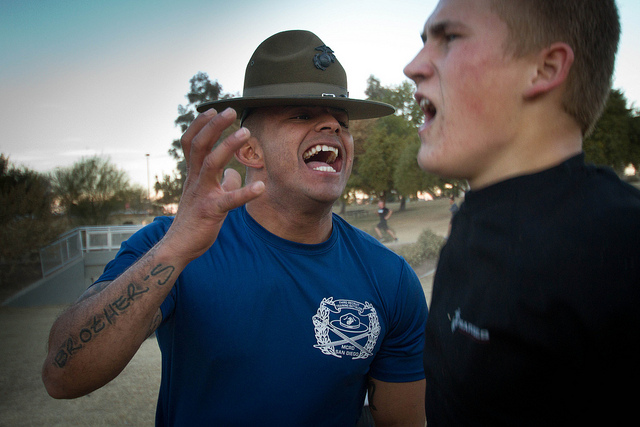In life, it doesn’t matter where you’re coming from. What is important is this: Where are you going and how are you going to get there?
Aside from what you want to accomplish, what kind of a person do you want to become as the result of all your work and effort? Men and women who achieve great things in life are almost always those who give thought to their own evolution and growth. They become great people by design, not by accident. They are like master craftsmen, continually shaping and polishing their character and personality so that they grow into someone important and worthwhile. And so should you.
The highest goal you can have for yourself is to become a leader, to become an outstanding man or woman who is looked up to, admired, and respected by the people around you. Motivational leadership is the ability to uplift and inspire people to perform at their best. Personal leadership on the other hand, is the ability to motivate you to do the things, and be the kind of person that is a motivational leader. Both are necessary, they are flip sides of the same coin.
Click here to read the rest of the article »











